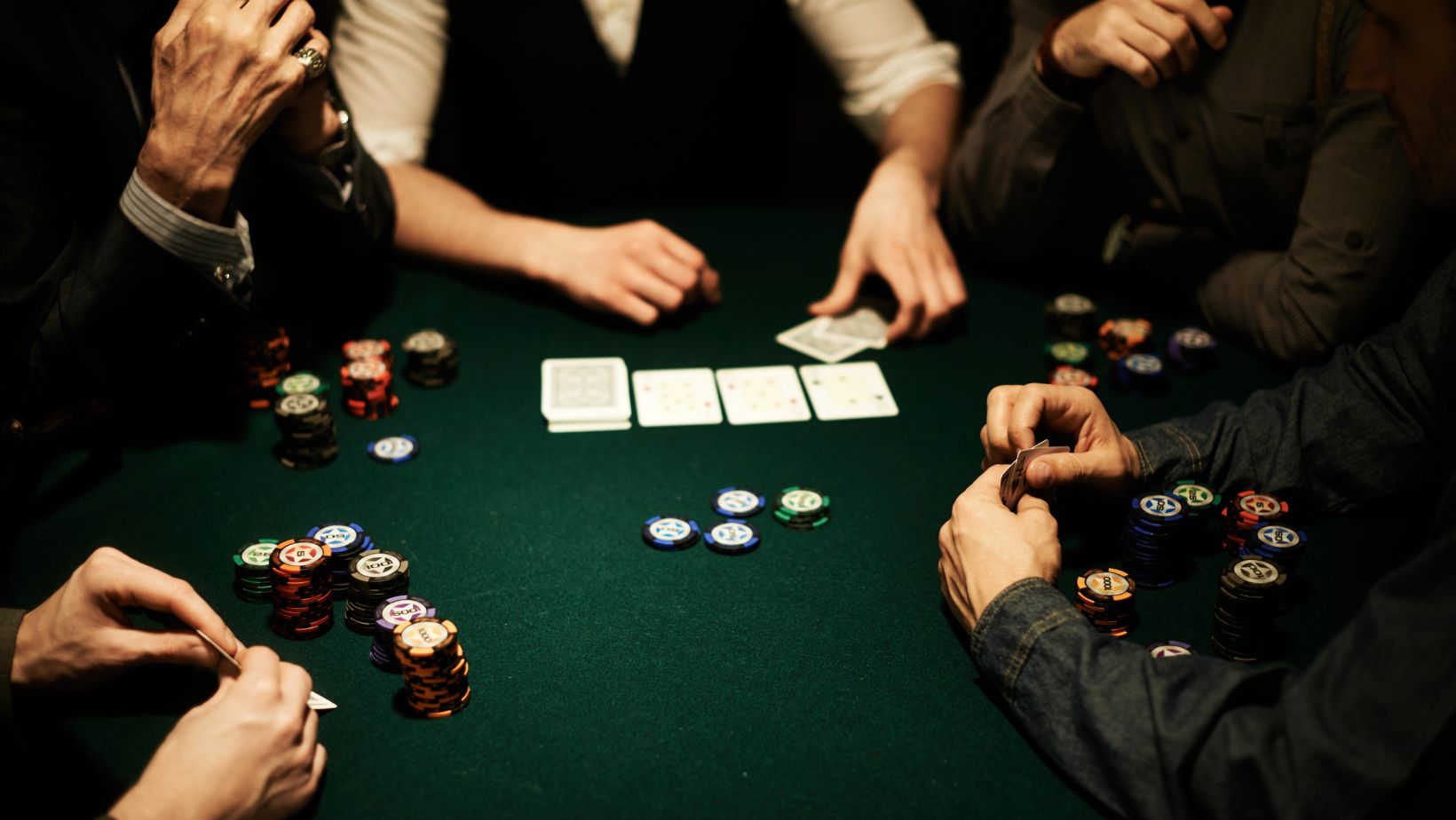Opening any business in the poker industry is difficult, especially in the decade after the poker boom. Operators that failed can tell a helpful story, but those who have found ways to thrive teach a more valuable lesson.
From a Boom to a Thud
When Chris Moneymaker, an accountant from Tennessee, won $2.5M in the 2003 World Series of Poker Main Event, it changed the game. Moneymaker won an online poker satellite for less than $100, which put him in the tournament, in a seat worth $10K. People with even the most casual interest in poker wanted to do the same, and the poker boom began. An online poker site could launch and immediately find customers. And a good poker site offered a wide range of offerings, attracting low-stakes and high-stakes players alike.
That poker boom may have peaked in 2006 but continued in many ways through 2011, when Black Friday forced poker websites out of the United States market. That, in turn, exposed poorly-run businesses like Full Tilt Poker and UltimateBet, which collapsed without paying players. PokerStars repaid those players over time, but the US Department of Justice actions and the ensuing results ended the boom…with a thud.
A precarious time period began in poker, one that required great attention to legal details and a concerted effort to bring poker players back to the tables.
Reassembling The Puzzle
The poker boom was a puzzle with too many pieces, enough to form puzzles of different shapes and sizes, with ample pieces for everyone. That abundance, however, made the Black Friday fall that much messier.
Poker operators – both new and old – had to find their place in a US market filled with hurdles. The federal government provided years of worry as lawmakers and lobbyists tried to outlaw online gaming, while each of the 50 states provided a range of challenges to operators. They had to either avoid legal woes or work with state legislators to build a new market.
Some tried and failed. Ultimate Gaming, for example, launched a poker site in Nevada and then in New Jersey. With poker players like Jason Somerville building excitement, Ultimate tried to position itself as an example of the new market’s potential. It worked temporarily, but when the recognizable World Series of Poker opened as a competitor, Ultimate had to fold. While there were many issues that contributed to the company’s demise, its focus on recreational players at the expense of poker’s pro sector wasn’t sustainable.
A small site called Real Gaming launched from South Point Casino in Las Vegas. It appeared to have no plan except to beg players to join. And it failed quickly, as the poker site could barely attract enough players to hold freerolls.

Gaining an Edge
The WSOP site built its player base on a decades-long reputation. Trust in the brand was pre-established, and professional players would log on because of WSOP satellites and WSOP gold bracelets.
As the WSOP site grew in Nevada and New Jersey, it offered promotions for newer players and higher-stakes action for pro players. The gold bracelet was the carrot, and players at all levels wanted it.
That gave the WSOP the edge to operate without frills – no sponsored players or online poker streamers needed, and no big live event parties to show themselves to players.
And when PokerStars reentered the US market in New Jersey several years later, it did so with its reputation of having been the largest poker site in the world and, some said, having led the poker boom. Even when its executives were indicted on Black Friday, and the US government seized all player funds, PokerStars was the company that immediately used its properly-appropriated funds to pay its employees and players, and it worked directly with the government to bail out the victims of the criminally-broken Full Tilt Poker and UB/Absolute Poker.
Not only did PokerStars shine through an in-depth vetting process by the New Jersey gaming regulator, it brought its upstanding reputation back to a market that had been dominated by the WSOP. It provided competition along with familiar promos and tournament series. Players were more than comfortable falling back into PokerStars’ arms.
Most of all, sites like WSOP and PokerStars catered equally to recreational and pro poker players. In essence, it was a model reflected at http://www.tightpoker.com/, which exemplifies a strategy aimed at a diverse community.

Positioned For The Long Term
The poker companies in the smaller, newer US market knew that they could not jump through the legal loopholes and navigate the unchartered territory for short-term profits. They saw the industry for the long game it would be and the benefits far down the road.
Players knew they could trust brands like PokerStars and WSOP – and then partypoker, BetMGM, and others – to focus on the good of the poker community. And they knew the brands, having been in poker for so many years, would not just disappear.
More than a decade after Black Friday, those sites are hanging in with the market, having found ways to monetize their brands while holding the top spots in the industry. There are high-stakes opportunities to keep the pros involved, and there are freerolls and satellites galore to keep the community fresh.
These multi-level and long-term strategies have been the glue that holds a small and sometimes fragile market together.


